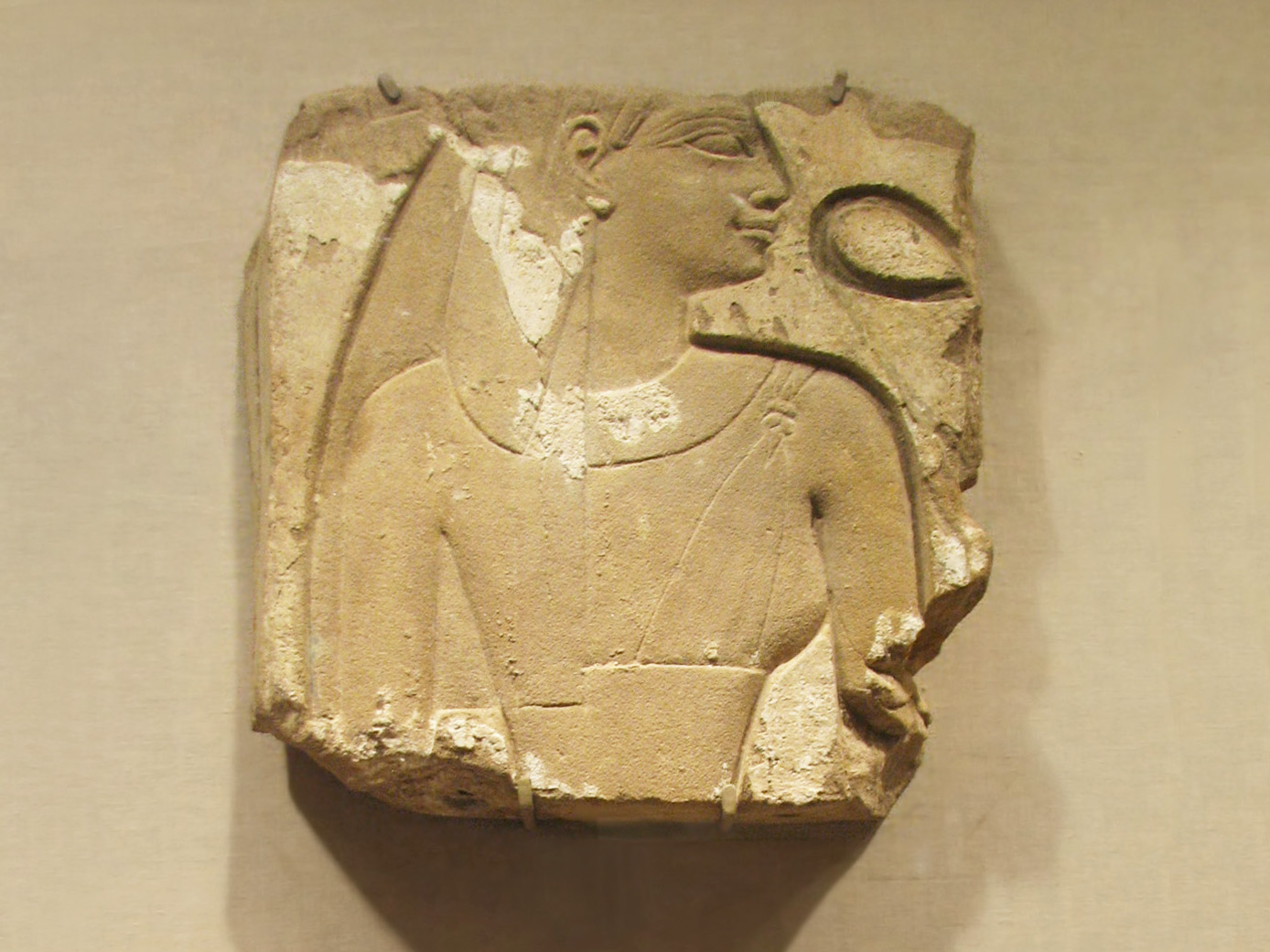September 8, 2013
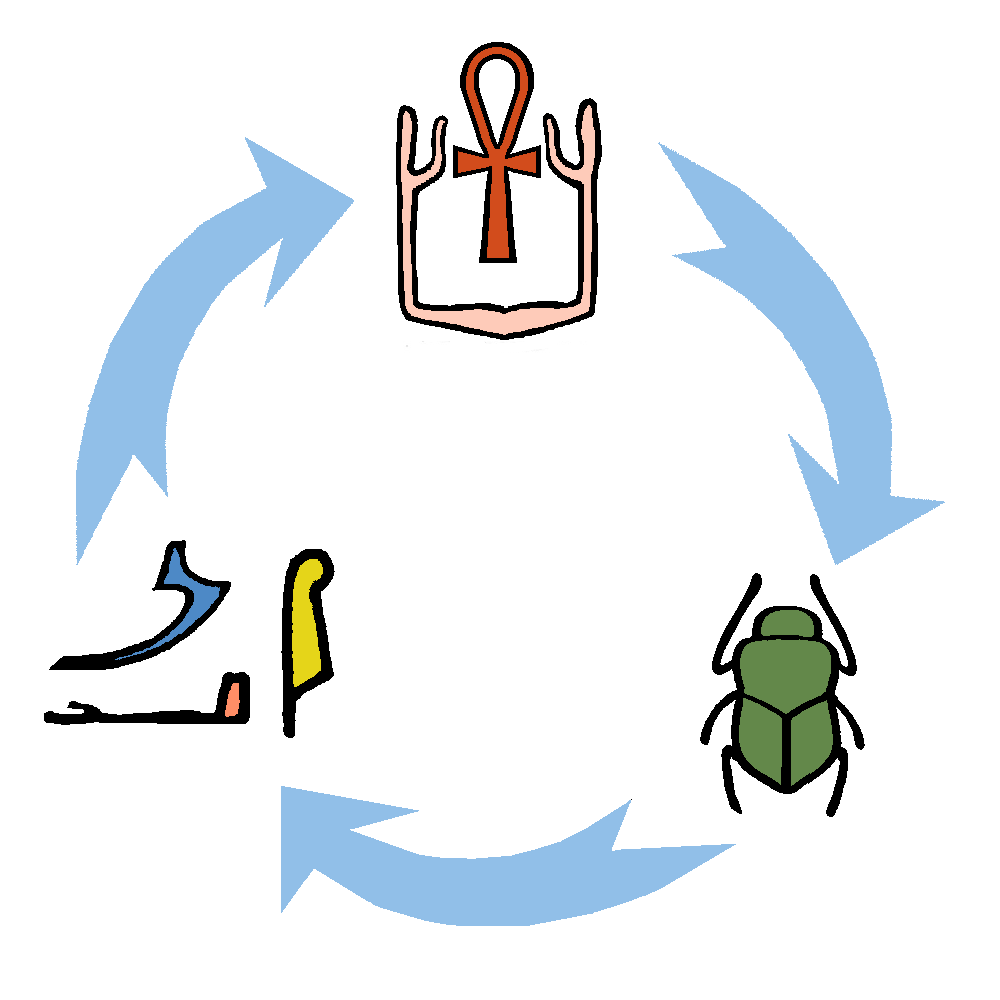
this piece is in process. :)
Several First Dynasty pieces illustrate this concept. The Metropolitan museum has a particularly beautiful rendition of it in greywacke. Also, sealings from First Dynasty tombs of Den and Merneith feature this combination of the 'ankh' and 'ka' glyph. (My drawing has been adapted from Queen Merneith's seal.)
As I explained earlier:
I go to the Pyramid texts to learn more about "dua". While it encompasses the idea of worship, it has a broader meaning. It means a communion with the gods, in which we feed on their essence.
This concept survives into Christian times. Remember the Last Supper, in which Jesus "took bread, and blessed, and brake it; and he gave to the disciples, and said, ‘Take, eat; this is my body.’" (Matthew 26:26-28) The bread, having been blessed, contained his essence, and by consuming it, the disciples would take this essence into them.
But let's go back to earlier times. Pepi I is exhorted, "You shall feed on the gods' food on which they feed." (_The Ancient Egyptian Pyramid Texts_, translated by James P. Allen and Peter Der Manuelian (2005 Society of Biblical Literature), page 105)
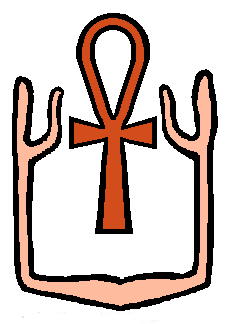
1."Feed on the Gods" aka "Life to thy Spirit"
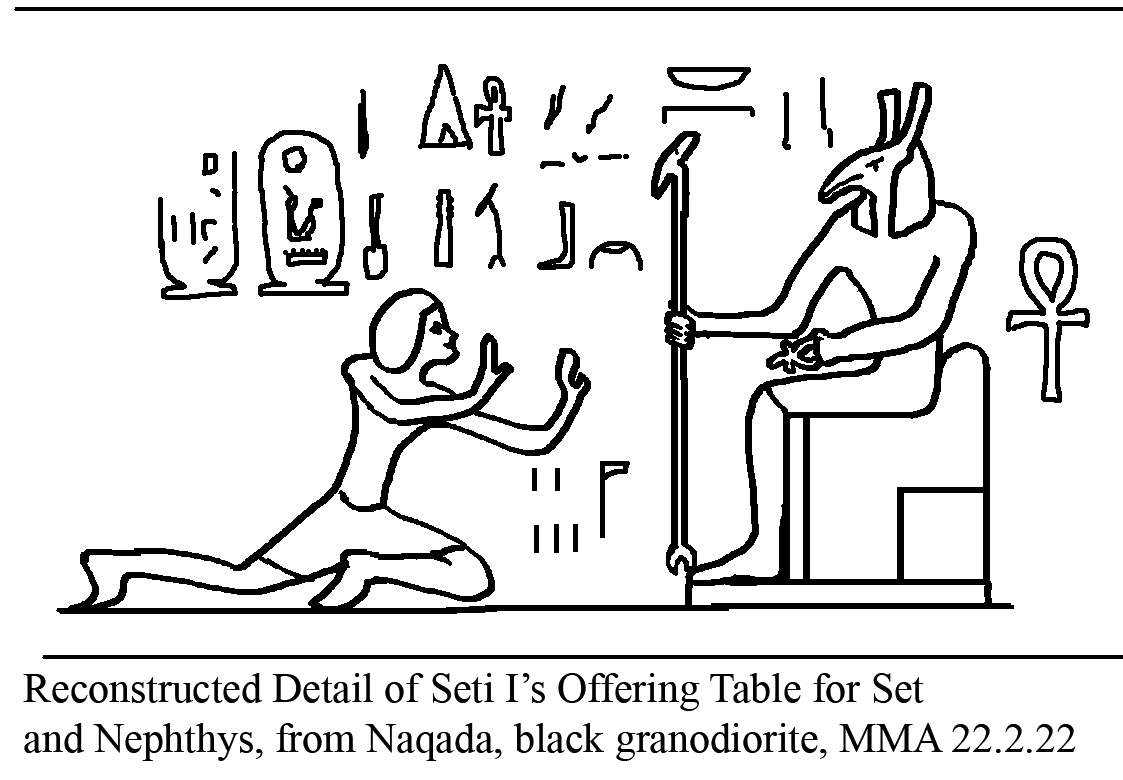
Seti I via "dua" is in communion with Set in this reconstructed Detail of Seti I's Offering Table for Set and Nephthys, MMA 22.2.22
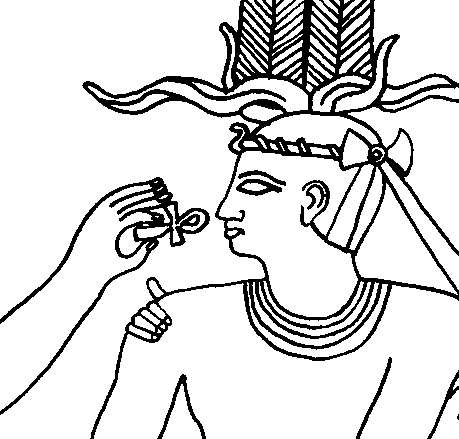
A king receiving life (excerpted from Wilkinson's illustration of Niuserre's relief at the Berlin museum (Reading Egyptian Art, page 176)
"From the Old Kingdom onward, Maat's presence was thought to be vital to the daily regeneration of the sun god." "Maat shares her feather emblem with the air god Shu. She [is] sometimes equated with Shu's sister, Tefnut. The gods [are] said to 'live on maat'". (Pinch, page 160)
And, as we have seen, the kings are exhorted, "You shall feed on the gods' food on which they feed."
The kings feed on the gods, also priests and priestesses feed on the gods:
The gods, the kings, the priesthood, and also us: if we wish to be effective, we must feed on the gods, and live on ma'at.
What happens to us if we feed on the gods? By taking in their essence, we become more like the gods. "You are what you eat," the expression goes. The opposite of this is
GIGO: 'garbage in, garbage out'.
The beetle also become a divine symbol "due to the beetle's habit of rolling a ball of mud or dung along the ground in a manner suggestive of the god pushing the solar disk across the sky."
"The biology of the insect thus seems to underlie the name of the god as Khepri suggests the Egyptian verb kheper: 'develop' or 'come into being'. As the 'developing one' Khepri [is] the god of the first sunrise at the dawn of creation, and was thus linked with Atum as Atum-Khepri." (Wilkinson, Complete Dictionary of Gods and Goddesses, page 230)
Several kings feature this verb in their throne name, for example: Tutankhamun="Nebkheperure" - Lord (or Full) of the coming-into-being (manifestations) of Ra, Thutmose III="Menkheperre" -"Eternal are the manifestatons of Ra"; and Amenhotep II="Aakheperure" -"Great are the Manifestations of Re".
To be full of the manifestations of Ra would be to be a very powerful ruler indeed.
As I understand the process of kheper (Xeper), it is to evolve and refine our state of being to strengthen that which is our divine nature. To be full of the manifestations of Ma'at, we will exemplify truthfulness, fairness and balance in all our aspects.
As the movie The Grandmaster explained, "mastery has three stages: being, knowing, doing"
To fully exemplify the process of becoming, we must DO.
The offering of Ma'at "is the response the gods need, and it brings full circle our analysis, which took the gods' action as its starting point. The gods do not need any material gifts, but they do need human response to their existence; they want to be experienced in the hearts of men, for only then does their work of creation acquire its lasting significance." (Hornung, Conceptions of God, pages 214-215)
"Maat, which came from the gods at creation, returns to them from the hands of men; it symbolizes the partnership of god and man which is brought to fruition in Egyptian religion." (Hornung, page 215)
This then is the cycle: Feed on the gods, whereby we experience the gods and our spirits are enlivened. After this knowledge, we strengthen our divine nature, for we become what we love. Having become, we then act. Ideally, it is an self perpetuating, eternal cycle, whereby we ''Come Into Being, and by the Process of that Coming Into Being, our Process of Coming Into Being is Established.''
Intake - Transformation - Outflow -
Intake - Transformation - Outflow -
Intake - Transformation - Outflow - Intake...
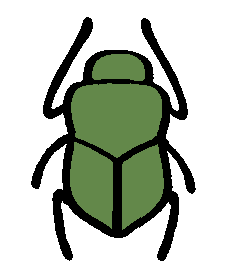
2. "Become"
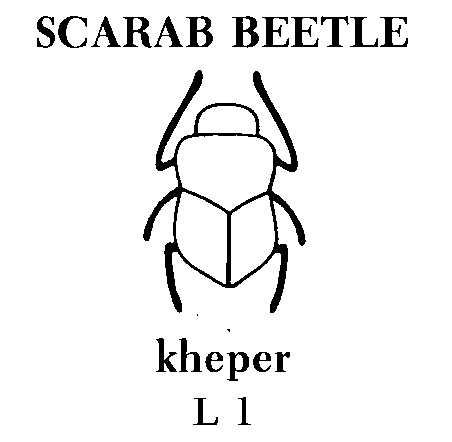
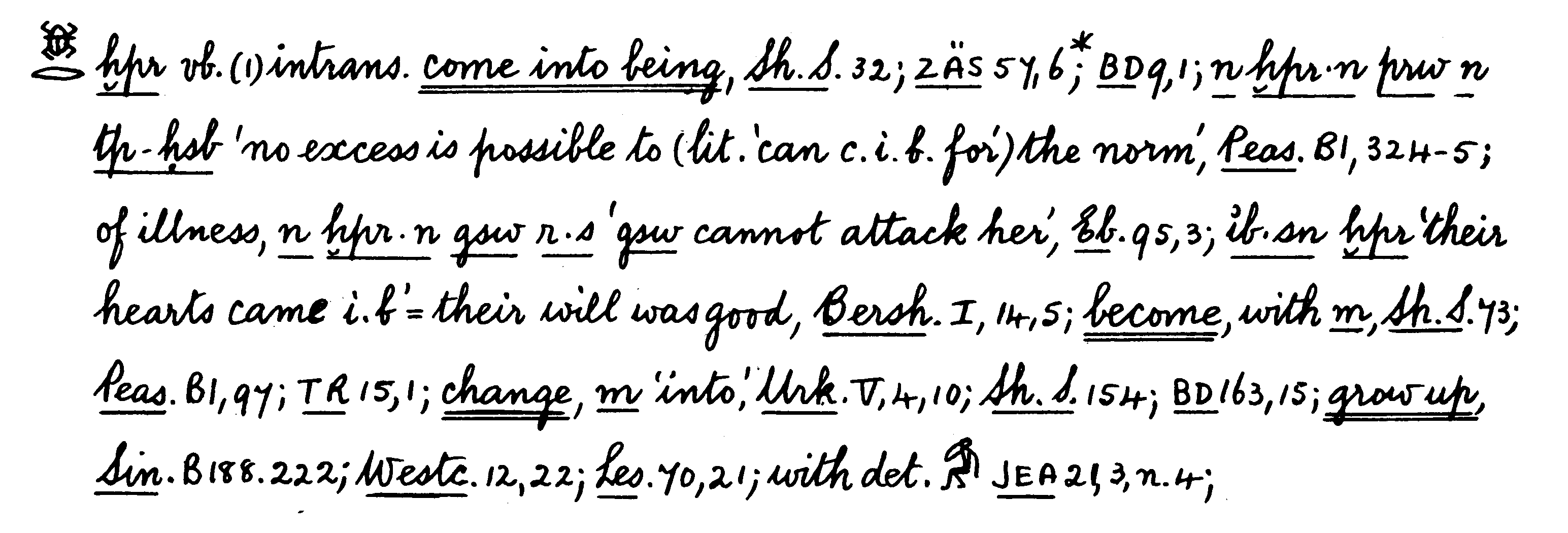
The scarab beetle kheper glyph via Richard Wilkinson's Reading Egyptian Art, page 113
R.O.Faulkner's except on kheper (aka 'Xeper'), page 188 of his dictionary of Middle Egyptian
Notice the definitions :"Come into being", "Become" and "Grow up".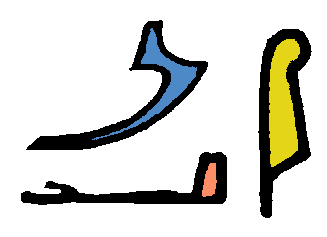
3. "Do Ma'at"
